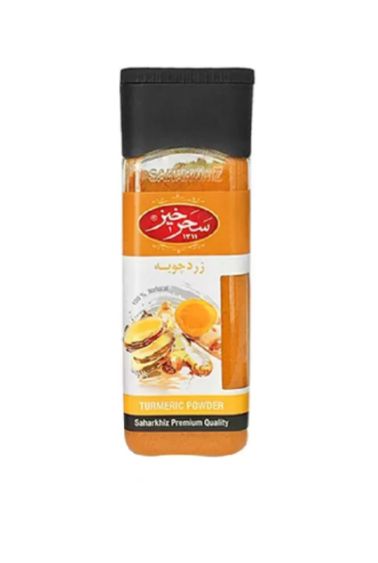Turmeric
Turmeric
Turmeric is a bright yellow spice with a warm, slightly bitter taste, derived from the root of the Curcuma longa plant. It is well known for containing curcumin, an active compound with powerful antioxidant and anti-inflammatory properties. Turmeric is widely used in cooking, traditional medicine, and even skincare products.
Characteristics of Turmeric
• Flavor and Aroma: Warm, slightly bitter, and earthy with a mildly spicy scent.
• Color: Deep yellow or orange, adding vibrant color to dishes and drinks.
• Active Compounds: Contains curcumin, known for its medicinal benefits.
Health Benefits of Turmeric
. Powerful Anti-Inflammatory and Antioxidant: Curcumin helps reduce inflammation and fight free radicals.
. Boosts Immune System: Regular consumption of turmeric can enhance immunity and prevent illnesses.
. Supports Digestion: Aids in digestion and helps with bloating and indigestion.
. Brain Health and Alzheimer’s Prevention: Studies suggest curcumin may reduce the risk of neurodegenerative diseases.
. Relieves Joint Pain: Due to its anti-inflammatory properties, turmeric is beneficial for people with arthritis and joint pain.
. Improves Skin Health: With antibacterial and anti-inflammatory effects, it is often used in natural face masks to brighten skin and reduce acne.
Ways to Use Turmeric
• In Cooking: Used in traditional dishes such as curries, rice, soups, and sauces.
• In Beverages: Added to golden milk (turmeric latte) for an immunity boost.
• As a Supplement: Available in capsule form for health benefits.
• In Skincare: Mixed with yogurt, honey, or milk for homemade face masks.
Tip: To increase curcumin absorption, consume turmeric with black pepper or healthy fats like olive oil.

